
Spray Foam vs. Blown-In Insulation: What’s Best for Your Fort Worth Home?
The short answer is it depends on your specific needs and priorities. Both spray foam insulation and blown-in insulation have distinct advantages, making them suitable for different circumstances. This blog will help you understand which option is better for your home in Fort Worth by comparing their benefits, costs, and applications. Let’s dive in!
Table of Contents
ToggleWhat Is Spray Foam Insulation?
Spray foam insulation is a polyurethane-based material that is sprayed onto surfaces as a liquid. It expands to fill gaps and create an airtight seal. This type of insulation comes in two main types: open-cell and closed-cell. Open-cell foam is less dense and more flexible, while closed-cell foam is denser and offers superior insulation and moisture resistance.
Advantages of Spray Foam Insulation:
- Energy Efficiency: Its airtight seal minimizes heat transfer, reducing your energy bills.
- Longevity: It can last 20-30 years with minimal maintenance.
- Moisture Barrier: Prevents water infiltration, reducing the risk of mold and mildew.
- Soundproofing: Open-cell foam excels at reducing noise.
To learn more about the benefits of spray foam insulation, don’t hesitate to contact experienced professionals, such as Top Gun Attic Pros.
What Is Blown-In Insulation?
Blown-in insulation consists of loose fibers, usually cellulose, fiberglass, or mineral wool, that are blown into spaces like walls, attics, and floors. This material is ideal for retrofitting or adding insulation to hard-to-reach areas.
Advantages of Blown-In Insulation:
- Cost-Effective: Typically less expensive than spray foam.
- Eco-Friendly Options: Cellulose, made from recycled paper, is an environmentally friendly choice.
- Quick Installation: Can be installed efficiently by professionals such as Top Gun Attic Pros. Professional installation saves you time, energy, and prevents long-term issues that may arise as a result of DIY installation.
- Good Coverage: Fills gaps in irregular spaces effectively.
Is Spray Foam or Blown-In Insulation Right For Your Fort Worth Home?
- Energy Efficiency: Fort Worth’s hot summers and chilly winters demand high-performing insulation. Spray foam insulation provides a superior thermal barrier, significantly reducing heating and cooling costs. Blown-in insulation is effective but doesn’t offer the same airtight seal.
- Cost: The initial cost of spray foam insulation is higher. Expect to pay between $1.50 and $5.00 per square foot for spray insulation foam, depending on the type and thickness. According to the Spruce, spray foam insulation can cost between $2,400 to $8,600 on average. Blown-in insulation costs $1.00 to $1.50 per square foot on average.
However, evidence suggests that spray foam insulation can be particularly effective, because it creates an airtight seal, which improves a building’s energy efficiency.
- Longevity and Maintenance: Spray foam insulation has a longer lifespan and doesn’t settle over time. Blown-in insulation may compress, reducing its effectiveness and requiring periodic topping up.
- Installation: Spray foam requires professional installation due to its complexity and safety considerations. Blown-in insulation can also benefit from professional installation but is easier and faster to apply.
- Moisture Resistance: Spray foam insulation is a clear winner in areas prone to moisture. Closed-cell foam acts as a vapor barrier, preventing mold growth and structural damage. Blown-in insulation, especially cellulose, can retain moisture and may require additional vapor barriers.
Actionable Tips for Choosing the Right Insulation
- Assess Your Budget: Calculate both upfront and long-term costs. Spray foam may have a higher initial cost, but its durability and energy savings can be worth it.
- Consider Your Home’s Needs: Evaluate the age and design of your home. Older homes with irregular spaces and hard-to-reach areas often benefit from the flexibility of blown-in insulation. In contrast, newer homes designed for energy efficiency may see greater benefits from the airtight seal provided by spray foam insulation.
- Think About Moisture and Air Sealing: Fort Worth homes, which often face humid conditions, should prioritize moisture resistance. Closed-cell spray foam is ideal in such cases due to its excellent vapor barrier properties. For areas with minimal moisture concerns, blown-in insulation with a vapor barrier may suffice.
- Hire Professionals: Whether you choose spray foam or blown-in insulation, professional installation ensures optimal performance. Skilled installers, such as the team at Top Gun Attic Pros, can identify issues like gaps, air leaks, and uneven application, which could compromise insulation efficiency.
- Research Local Climate Needs: Fort Worth’s climate extremes require insulation that performs well in both hot and cold conditions. Check for products with an appropriate R-value—a measure of insulation’s thermal resistance—suitable for the local weather.
Frequently Asked Questions
How much does spray foam insulation cost?
The cost of spray foam insulation ranges from $1.50 to $5.00 per square foot, depending on factors like type, thickness, and project complexity.
Is spray foam insulation better than blown-in for attics?
Spray foam provides an airtight seal and moisture resistance, making it ideal for attics, especially in humid climates like Fort Worth. However, blown-in insulation can also perform well if cost is a concern.
Can I install spray foam insulation myself?
DIY installation is not recommended due to the technical expertise required and safety risks. Always hire certified professionals, such as Top Gun Attic Pros, for long-term savings and peace of mind.
How long does blown-in insulation last?
Blown-in insulation can last 15-20 years but may require maintenance to prevent settling.
What type of insulation is more eco-friendly?
Blown-in cellulose insulation is more environmentally friendly as it’s made from recycled materials. This means a lower carbon footprint and reduced greenhouse gas emissions. Additionally, blown-in insulation can be easily removed and recycled at the end of its lifespan. On the other hand, spray foam may have a higher environmental impact due to its production process.
Final Thoughts
Both spray foam insulation and blown-in insulation have their merits, and the best choice depends on your specific needs, budget, and home structure. If you prioritize long-term energy savings and moisture protection, spray foam insulation is likely the better option. For a more cost-effective, eco-friendly solution, blown-in insulation could be the way to go.
If you’re still unsure, let the experts at Top Gun Attic Pros guide you. Our team specializes in blown-in insulation and spray foam insulation installation solutions tailored to Fort Worth’s unique climate. Contact us today for a free consultation and estimate. Let’s make your home more comfortable and energy-efficient together!
Other Blogs You May Be Interested In
Categories
- Uncategorized
- Spray Foam Insulation
- Attic Ventilation
- Attic Insulation
- Radiant Barrier
- Blown-In Insulation
- Solar Fan
- Insulation Removal
- Attic Sanitization
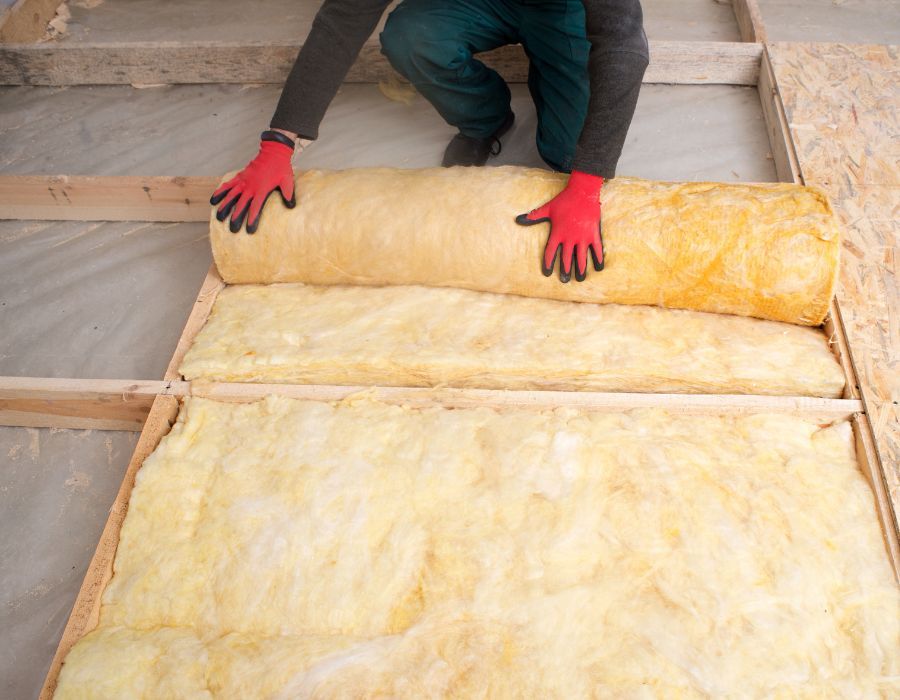
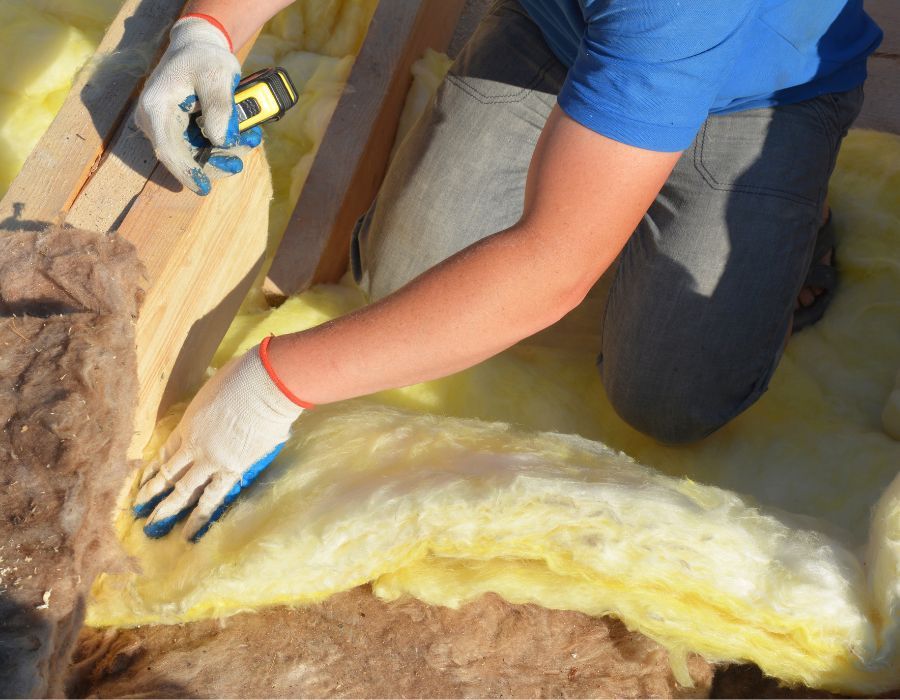

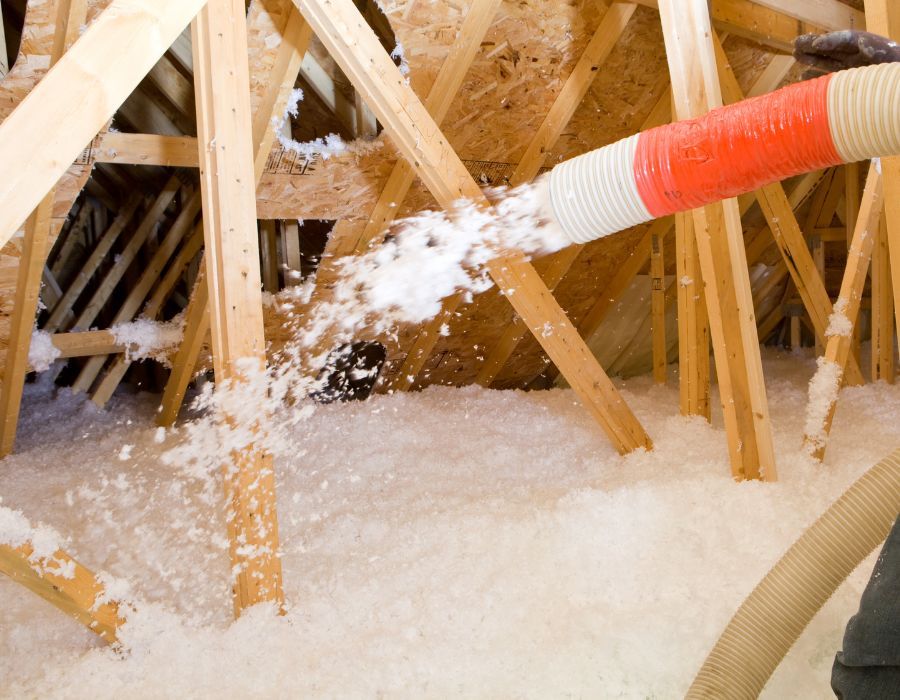
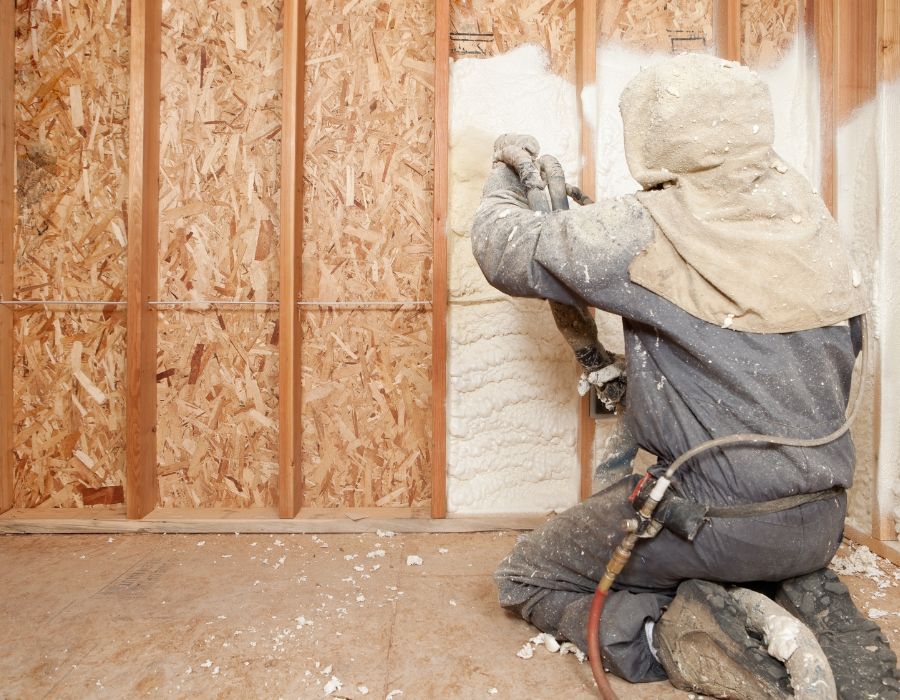

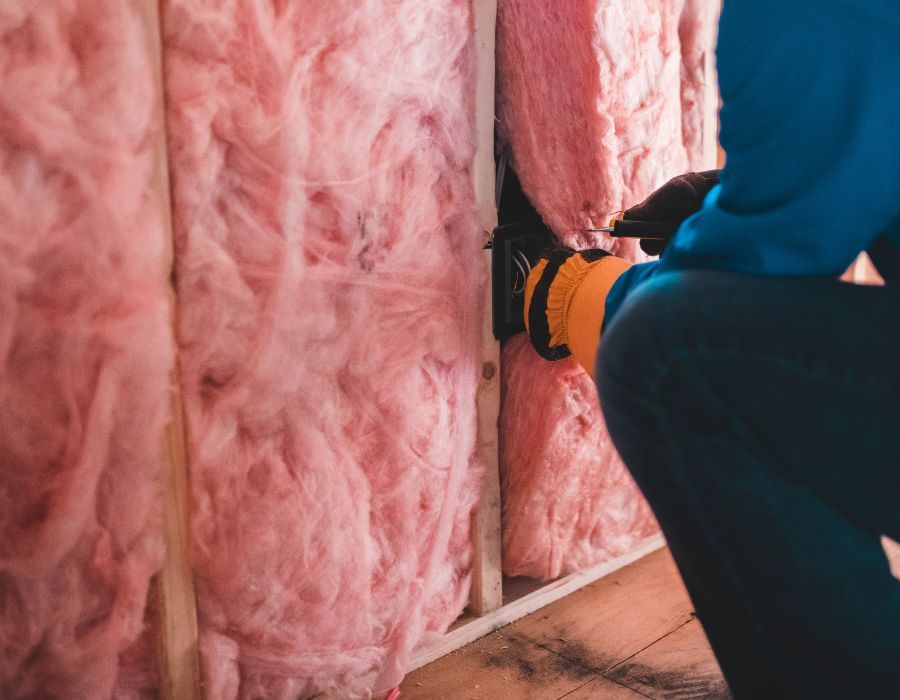
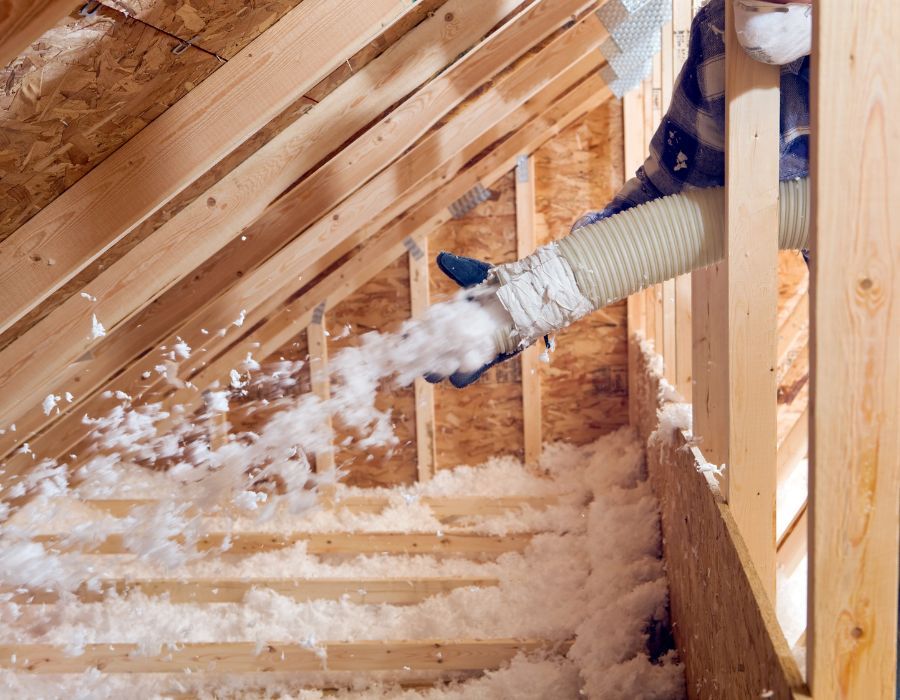

Leave a Reply